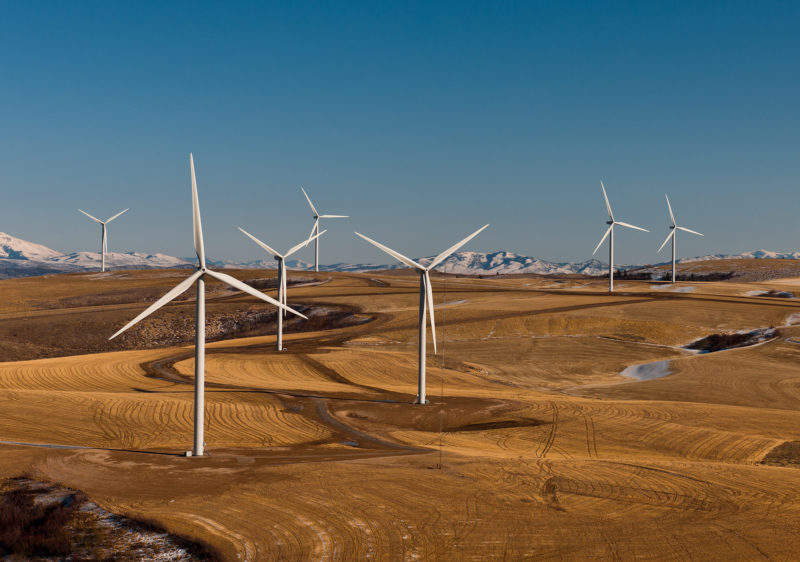
The US could reliably meet 80% of its electricity demand with solar and wind power, according to scientists from the University of California, the California Institute of Technology and the Carnegie Institution for Science.
Researchers from the institutions studied 36 years of hourly US weather data from 1980 to 2015 to measure weather patterns and understand the geophysical barriers to supplying electricity with only solar and wind power. They published their findings in ‘Geophysical constraints on the reliability of solar and wind power in the United States’, in Energy & Environmental Science.
“We looked at the variability of solar and wind energy over both time and space and compared that to US electricity demand,” said Steven Davis, associate professor at the University of California and co-author of the study.
“What we found is that we could reliably get around 80% of our electricity from these sources by building either a continental-scale transmission network or facilities that could store 12 hours’ worth of the nation’s electricity demand.”
The US produced over 5 million kt of carbon dioxide in 2015, second only to China and accounting for 14.24% of the world’s carbon dioxide production. Only 16.9% of American electricity came from renewable sources in the first half of 2016, so an increase to 80% would be a significant improvement.
“The fact that we could get 80% of our power from wind and solar alone is really encouraging,” Davis continued. “Five years ago, many people doubted that these resources could account for more than 20% or 30%.”

US Tariffs are shifting - will you react or anticipate?
Don’t let policy changes catch you off guard. Stay proactive with real-time data and expert analysis.
By GlobalDataThe team did concede that building the infrastructure for such projects would be costly. They estimated that building the necessary power transmission lines would cost hundreds of billions of dollars, and storing that much energy would cost over a trillion dollars, even with the cheapest batteries available.
Alternative forms of energy stockpiling, such as pumping water uphill to later flow down through hydropower generators, are limited by the geographic features of the US; there is a lot of water in the east, but little elevation, and the opposite arrangement in the west.
Ken Caldeira, of the Carnegie Institution for Science and co-author of the paper, said: “Our work indicates that low-carbon-emission power sources will be needed to complement what we can harvest from the wind and sun until storage and transmission capabilities are up to the job.”



